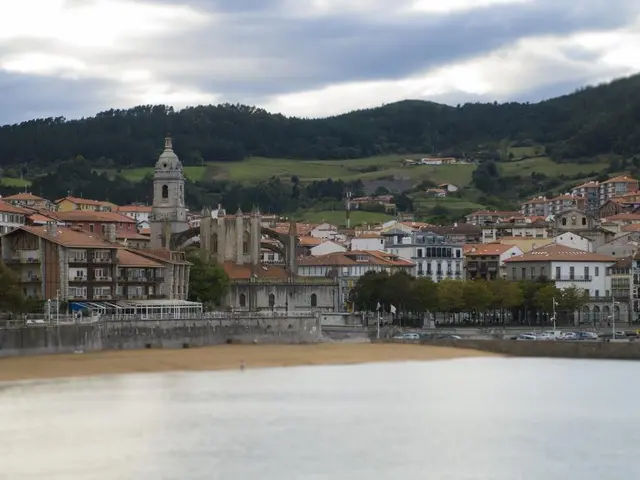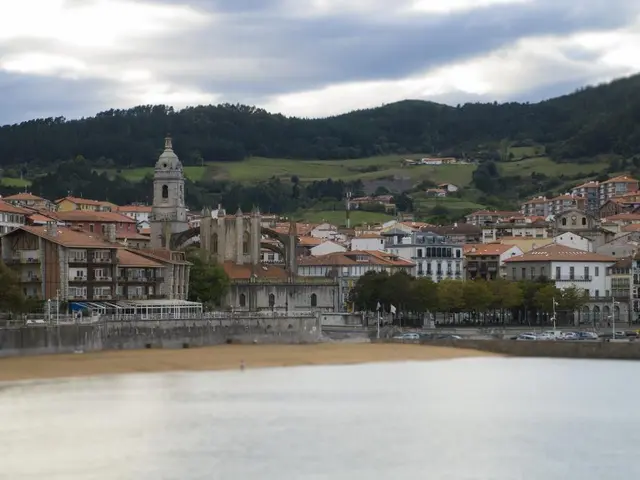Germany Transforms Closed Coal Mines into Renewable Energy Hubs
Germany is actively exploring the conversion of closed coal mines into renewable energy sites, with several companies and initiatives underway. This shift aims to address the environmental impact of coal mining and boost renewable energy production.
RWE AG, a major player in the German energy sector, has already begun redeveloping some of its former mine sites. One notable example is the Königshovener Höhe wind farm, built on the site of their Garzweiler opencast mine. This demonstrates a commitment to transforming the energy landscape and mitigating the environmental impact of coal mining.
Other companies, such as ABO Energy, are also involved in nationwide efforts to convert closed coal mines into renewable energy sites, although their specific projects are not well-documented. LEAG, a significant lignite mining company, has faced criticism for not adequately funding environmental rehabilitation, suggesting a need for more focus on renewable conversion.
Legally, all former coal fields must undergo cleanup or rehabilitation once mining activities cease. However, most post-mining lands remain less healthy and biodiverse than before industrial activities began. This underscores the importance of redevelopment efforts to restore these areas and create new opportunities.
Germany has successful examples of renewable energy redevelopment on former coal mining lands, like the Klettwitz wind farm. The European Commission's support mechanism for transitioning away from coal encourages such initiatives, providing a framework for these conversions.
Despite the potential, only about 12% of gross electricity generation in North Rhine-Westphalia comes from renewable sources. ABO Wind Energy is developing a wind park on the site of the Jänschwalde open cast mine, but faces technical challenges due to loose soil layers. The state government's resistance to expanding wind energy further complicates these efforts, despite the presence of surrounding wind turbines and mining pits.
Germany's transition towards renewable energy is evident in the redevelopment of former coal mining sites. While challenges persist, successful projects like the Königshovener Höhe wind farm and the Klettwitz wind farm demonstrate the feasibility of this approach. With legal requirements for cleanup and the European Commission's support, more conversions are likely. However, addressing technical challenges and overcoming government resistance will be crucial for maximizing the potential of these sites.
Read also:
- Transitioning to Electric Vehicles Places Heavy Demand on Power Grids
- E-mobility continues its progress after a decade since the scandal, staying on course
- The Commission deems the assistance program to be in agreement with the domestic market regulations.
- Innovative Garments and Accessories Producing Energy: Exploring Unconventional Sources for Renewable Power








